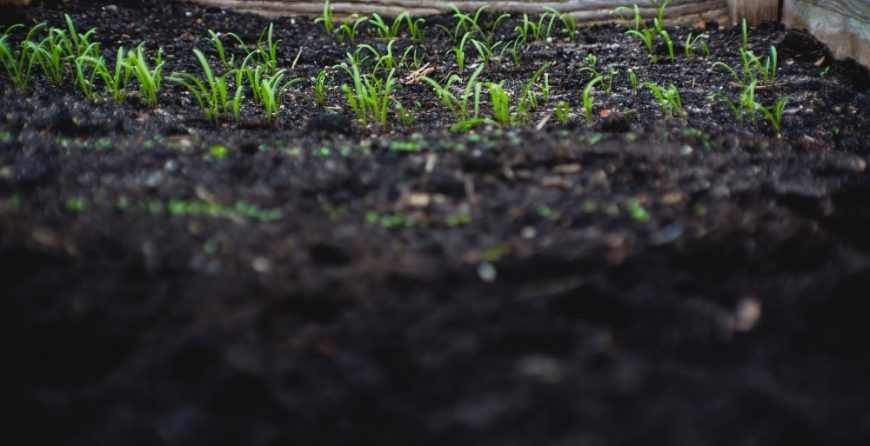With every growing season there comes a time in the fall when you have to put your organic garden to rest. Unless you fill your garden with wintertime plants, now is the perfect time to prep your garden for next spring.
Adjusting your garden soil takes time, especially if you have to add nutrients back in. Adding them now during the fall season will yield better results in the spring while saving you precious growing time.
Here are six things you can do to prepare your garden for the spring season.
-
Remove weeds
Before shutting your garden down, it’s important to pull all weeds out from the root. This will prevent them from taking over in the spring. You should also remove old plant debris and fallen leaves. If left in your garden, debris and fallen leaves can harbor insects and diseases that could attack your spring fruits and vegetables.
-
Test your soil
It’s good to gauge your soil from time to time. Complete a soil test using a soil kit from your local lawn and garden center. Home testing kits usually involve combining the sample with water in a testing tube which changes color to indicate:
- Nutrient deficiencies
- Soil pH
- Acidity
Most plants do well in Iowa soil with a pH between 6.0 and 7.0. For best results, check the preferences of the varieties you have lined up for spring so you can adjust your soil accordingly.
-
Add worm castings
Mix worm castings into the soil to give the biological population in your soil a boost. Castings are rich in biological organisms such as
- Fungi
- Actinomycetes
- Beneficial bacteria
- Pseudomonads
- Plant growth regulators
- Yeasts
- Molds
- Trace elements
- Nitrogen
- Potassium
- Phosphorus
Don’t worry about using too much. Worm castings are odorless, child-safe, pet-safe, and won’t burn your veggies.
-
Cover with organic compost
If you’re an organic gardener that has your own compost pile, add some to the surface of your garden bed. Apply a 2-to 4-inch thick layer to improve moisture retention and drainage.
-
Apply mulch
Cover your garden bed in a 2- to 3-inch layer of organic mulch. This will prevent weeds from invading the dormant bed and running amok during the winter.
Materials needed:
- Home soil testing kit
- Earthworm castings
- Spade or tiller
- Organic compost
- Organic mulch
-
Remove this year’s labels
Remove all plant labels from this year’s garden so you can start preparing them for the upcoming growing season. By using MCG biomarkers, you’ll enjoy your labels for several years and reduce your carbon footprint.
These eco-friendly labels come in four different sizes:
- 9 inches with a 2.5” x 1.563” faceplate
- 13 inches with a 4” x 2” faceplate
- 13 inches with a 3.75” x 2.483” faceplate
- 24 inches with a “3.75” x 4.75” faceplate
These weatherproof labels are suitable for all types of weather, but it’s best to bring them in during the winter to extend their usage. MCG plant labels are perfect for interior and exterior use, so if you can use them with your indoor plants during the winter!


